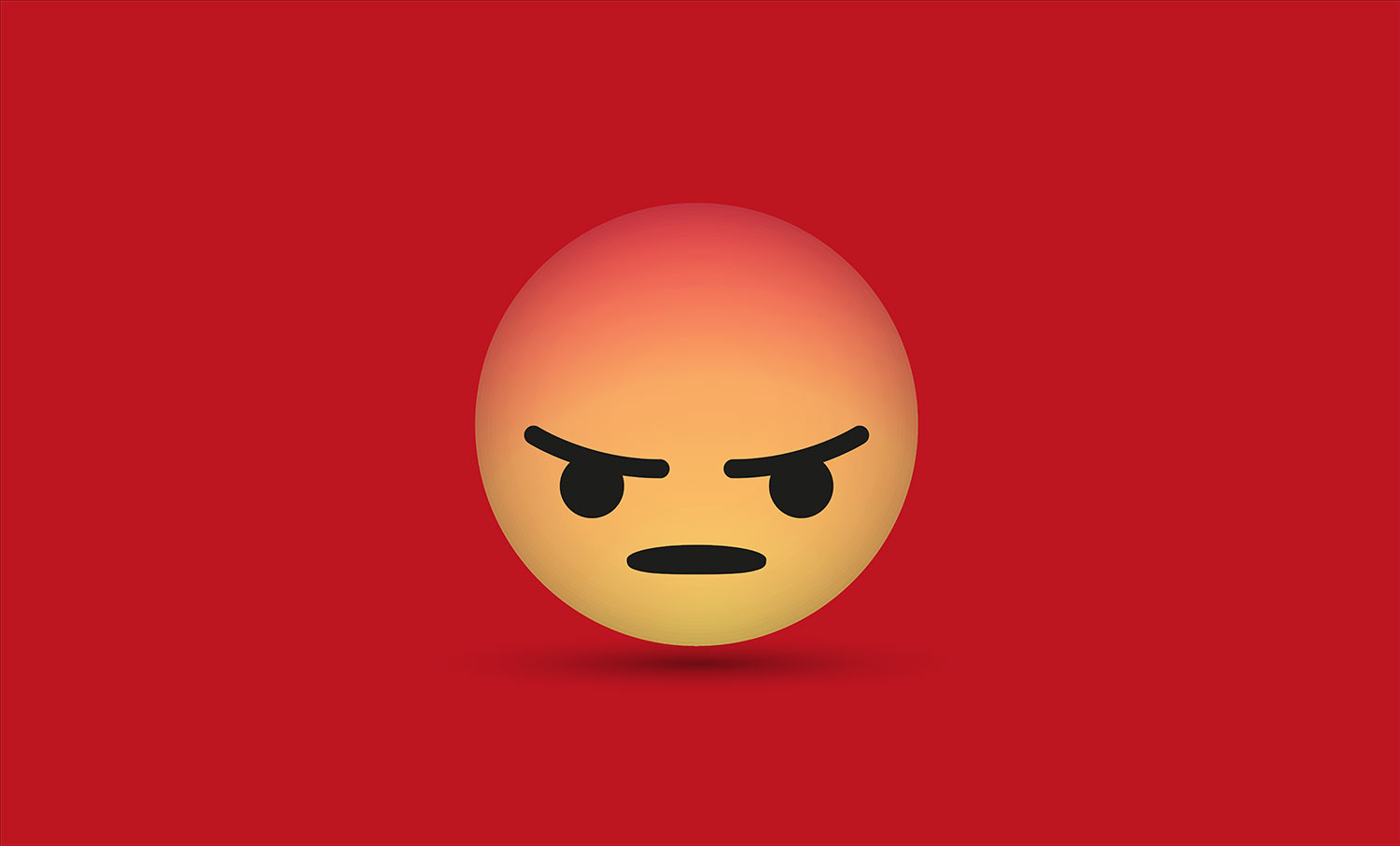Dear Marketing Community,
We at Brave World Media are hoping to address something that is widely felt and rarely discussed at the executive level: Social Media Violence, Social Media Terrorists, and the very real impact social media can have in the work environment, especially when it comes to the mental health of those who manage it for brands and corporations.
Previously we’ve highlighted that consumers are demanding to know where companies stand on social justice issues. Not only is it important for brands to land on the right side of history, but they must also make sure that those who represent them are well protected and supported when further amplifying company/brand messages and goals. This, of course, takes courage and commitment and can be easier said than done, especially when trying to manage the aggressiveness and determination of those who apply social media violence and social media terrorism to how they respond.
But violence, even in the form of hostile comments, is a growing online presence. According to a recent Pew Research Center survey 41% of U.S. adults have personally experienced online harassment, and 25% have experienced more severe harassment.
As more brands refuse to continue to turn a blind eye to the societal issues impacting so many today, issues which can include topics around race, gender, and even vaccinations, the people behind their social channels may start to experience an increase in social media violence. This includes, but is not limited to, harassment, bullying, and even threats to them or their family. For marketing professionals who have to manage these online toxic work environments, it’s not as simple as not taking things personally. Social media violence can impact your mental health and overall ability to function at your job and feel safe.
A Social Terrorist is not just someone who sends the vilest and violent comments. We’re introducing this term and defining it because it’s something that needs language created around it so that it can be addressed and eliminated. Cyberterrorism is where cyberspace and terrorism meet. A Cyberterrorist unlawfully attacks or threatens to attack networks and internal systems to intimidate or coerce a government or its people in furtherance of political or social objectives. Social media terrorists do the same to people, brands, and businesses online, often leaning in on their power, influence, and connections – whether in the industry or in their social circles through emails, private messages, professional platforms and groups, online reviews, or public comments online. They rely heavily on these to further torment, harass, blemish, and intimidate, creating environments that are toxic, unsafe, and that destabilizes any sense of job security in some cases, or community unison or safety.
Through our work in campaigns that encourage vaccinations and mask-wearing, and help brands take a clear and vocal stance on racial equality and other social issues as part of their value system, we have guided and supported our clients through these scenarios. We have worked and grown past these dangerous influences on their platforms and have advised them on how to deal with the social media terrorists that may find themselves on their channels. Here are some of our key suggestions.
Identify
One area where there is a lot of new language is in the types of social violence. The first step is to identify the type of violence being experienced. Whether it be doxing, hate speech, sexual harassment, message bombing, impersonation, or threats of violence. For a detailed list, definitions, and examples go here.
Document
For those managing social media accounts for brands, it is important to keep a document of any and all abuse or hostility, big or small, consumer, partner, coworker, or supervisor. This information is imperative should you ever need to share it with allies, employers, or law enforcement. Saving screenshots and audio messages will help support your point. Documentation is also crucial when identifying a pattern.
Block, Mute, Report, & Don’t Engage
Brand representatives need to remember that they control the platform and who gets to engage on it and have access to what is shared. Blocking an account means they cannot communicate with or follow you. You can sometimes mute accounts, specific posts, or words so you don’t have to see them. Lastly, it’s important to report social media terrorists so that at minimum their post is removed, and potentially their account suspended. Instead of engaging with social media terrorists, lean on your team and focus instead on maintaining an online environment that is safe and enjoyable for others.
Secure a Support System
Sometimes the tools mentioned above aren’t effective enough to reduce social media violence. That’s when it’s necessary to have a support system of friends, allies, and colleagues to serve as witnesses and help track social media mentions and inform you of any escalation. This is especially helpful if you are blocked or muted.
We want to emphasize the importance of record-keeping, but also sharing what is happening with others. Sometimes the harassment and abuse is happening within the organization itself and being inflicted by a superior or someone with control over job security or other organizational aspects. These support systems can serve not only as witnesses, but on a very basic level can also comment positively on the content, make separate supportive statements, or are just be there to listen.
Stand Up For Yourself
The old school business standards that reinforce the fallacy that the “customer is always right” is no longer a winning policy. Those rules especially don’t apply when it comes to social media violence and social media terrorists. It’s not wise to conduct business from a place of fear and intimidation, and brands should not expect that those in charge of managing their brands online to carry that burden or tolerate abuse or harassment, whether it be from consumers or other industry partners. This should never be a part of any job, online or off. When standing on the right side of history it is not just about how brands present themselves to society and their consumers, but also what they allow to happen to those entrusted with that work behind the scenes.
Social media violence is a mental health issue, and those experiencing it should not have those experiences minimized or dismissed. They require the same level of concern and attention as any other case of workplace abuse or harassment. If the behavior is internal, it requires an even more stern response from the powers that be.
Just remember: all opinions are not important, nor do they deserve placement on your brand’s social media platforms. Prioritize the mental and physical wellness of those managing the social media platforms for your organization. Taking abuse, “developing a thick skin”, tolerating violence and harassment are not, in fact, a requirement to be a successful social media marketing professional. Always collect and hold on to documentation of harassment, hostility, abuse, and threats, no matter if they are coming from within or from outside the organization. Secure and identify the support group to call on when needed. Demand respect always. And lastly, report, block, or mute repeat offenders as managing a social media account does not include providing therapy, serving as a sounding board (or punching bag), nor does it requires that anyone serve as an educator on issues outside of the brand’s marketing scope and needs.
Hold people accountable, and when all else fails, walk away. Regardless of what people’s perception is about the work that is creating, managing, and growing a business’s social media presence and brand, despite the fact that this work is incredibly undervalued by brands and business owners everywhere, this work is skilled work, and those who do it are deserving of respect and dignity.


